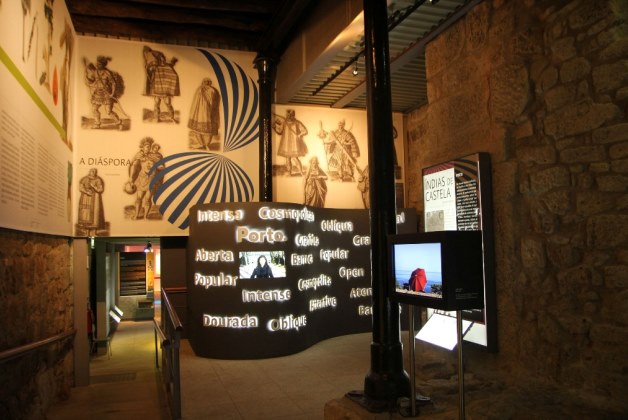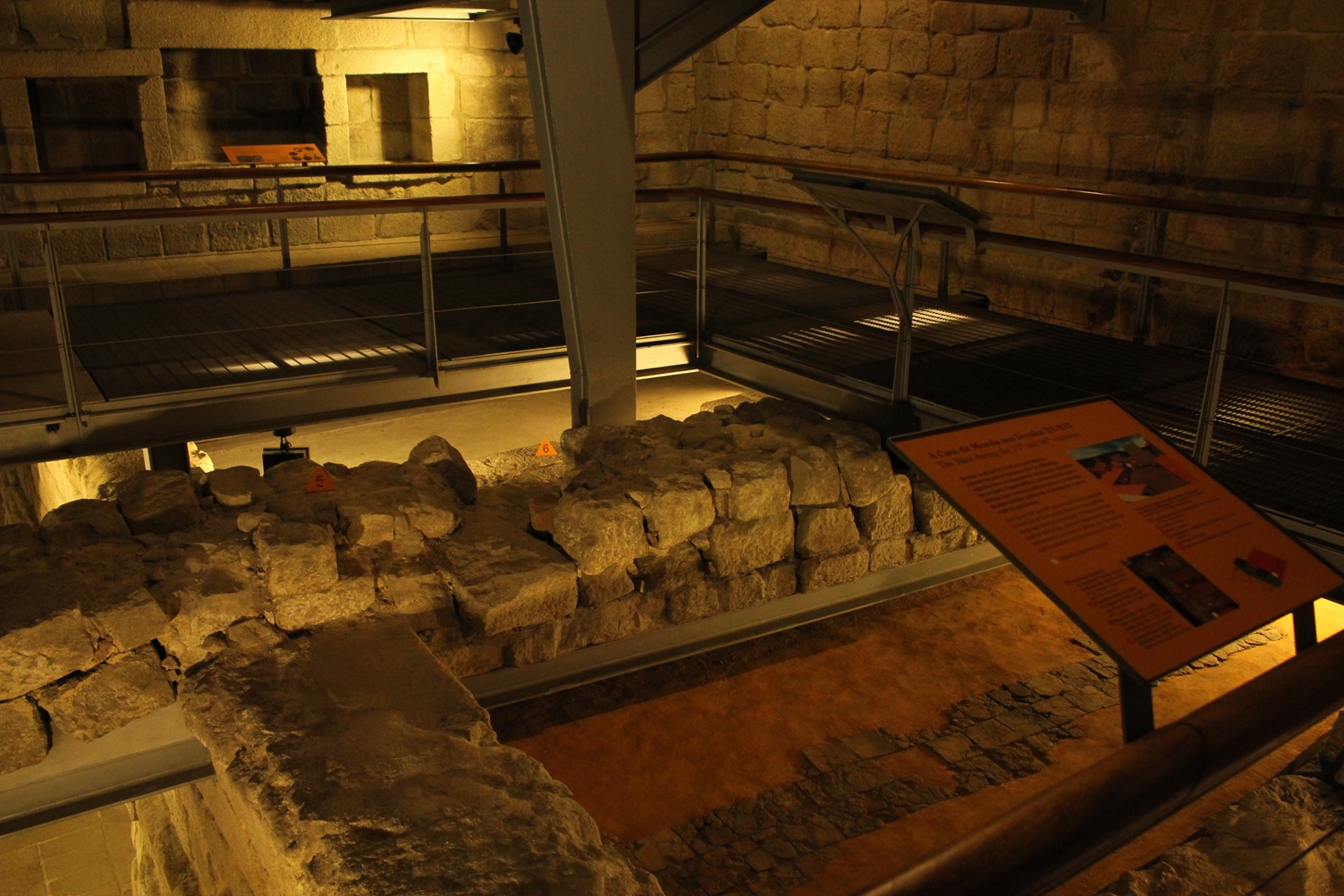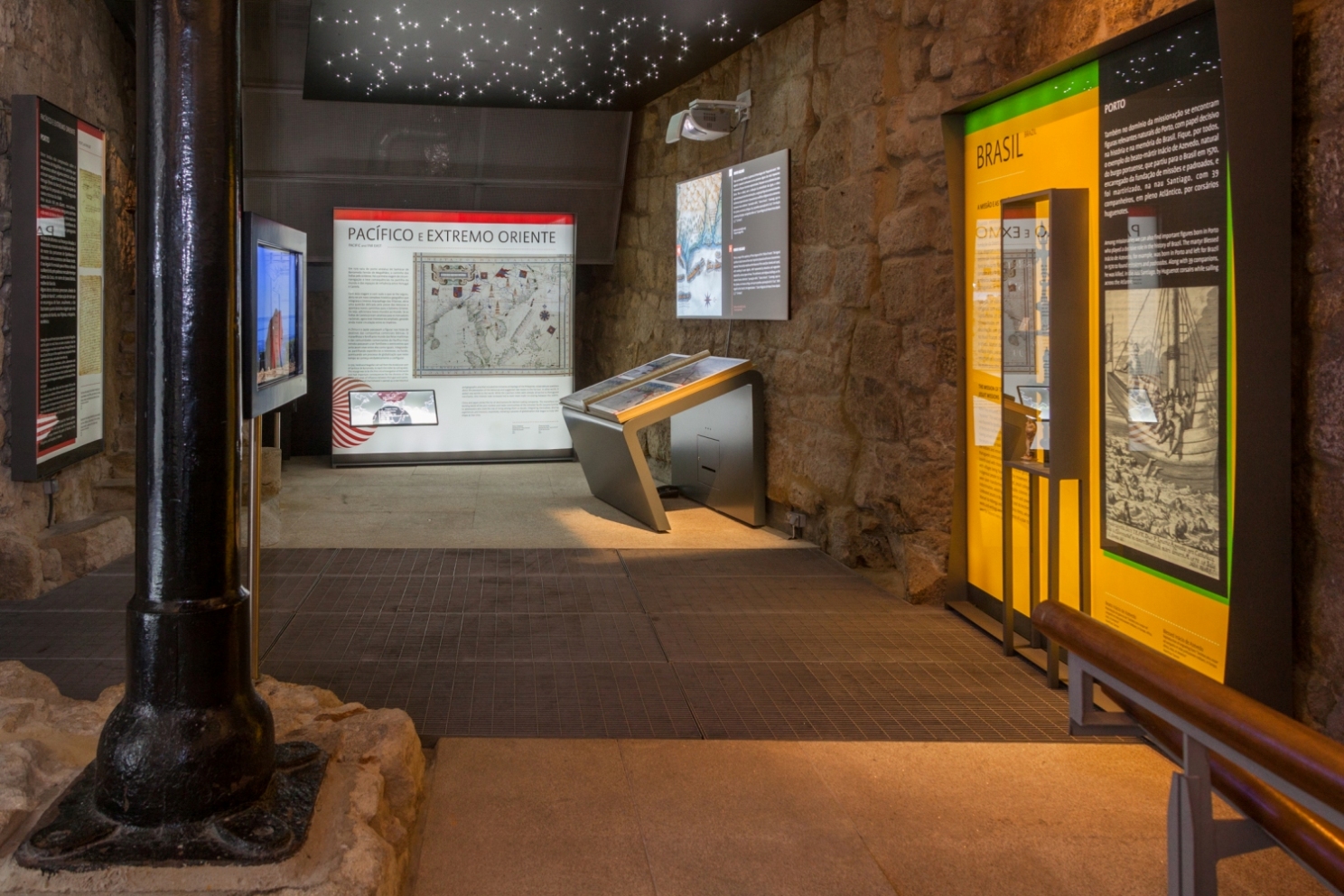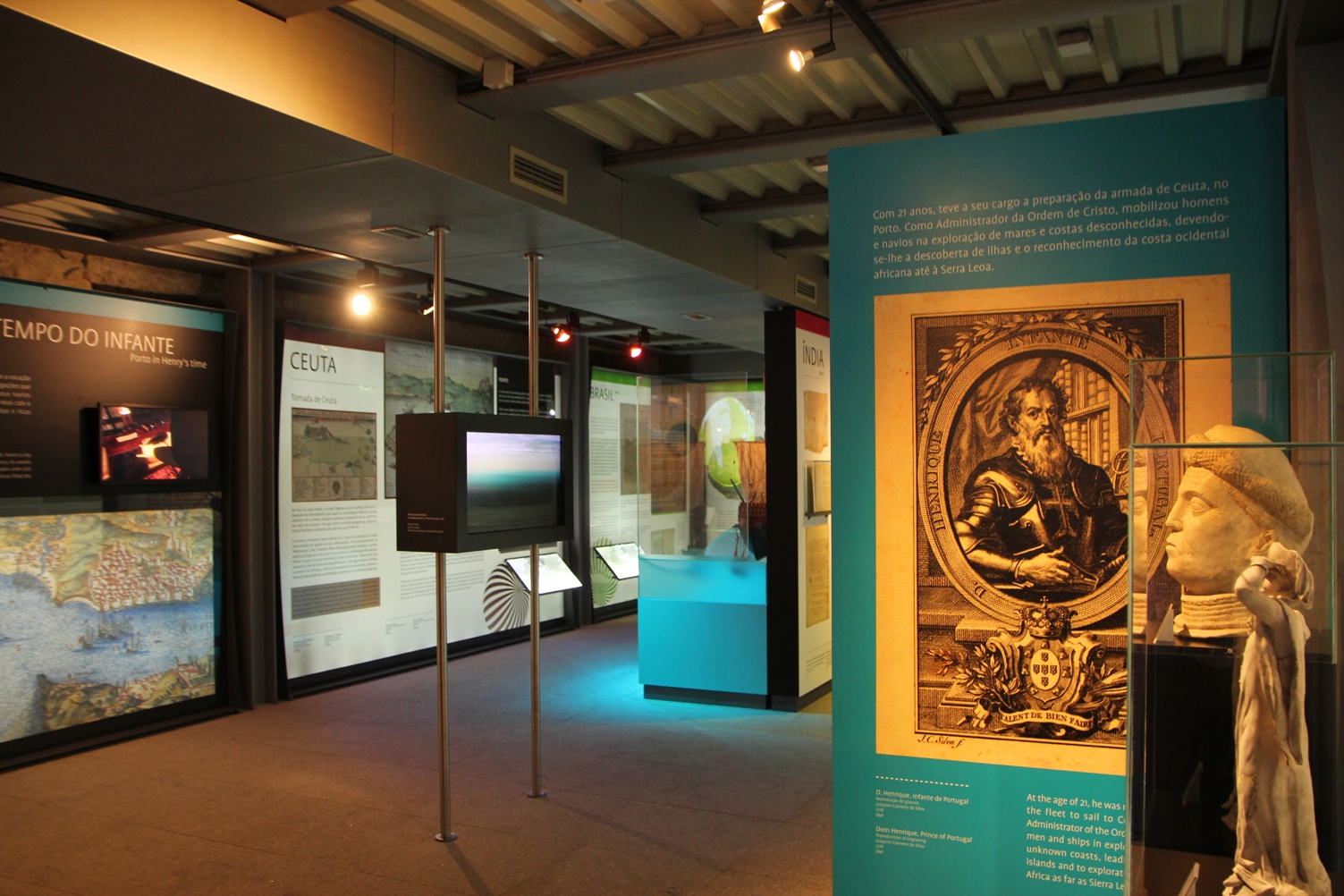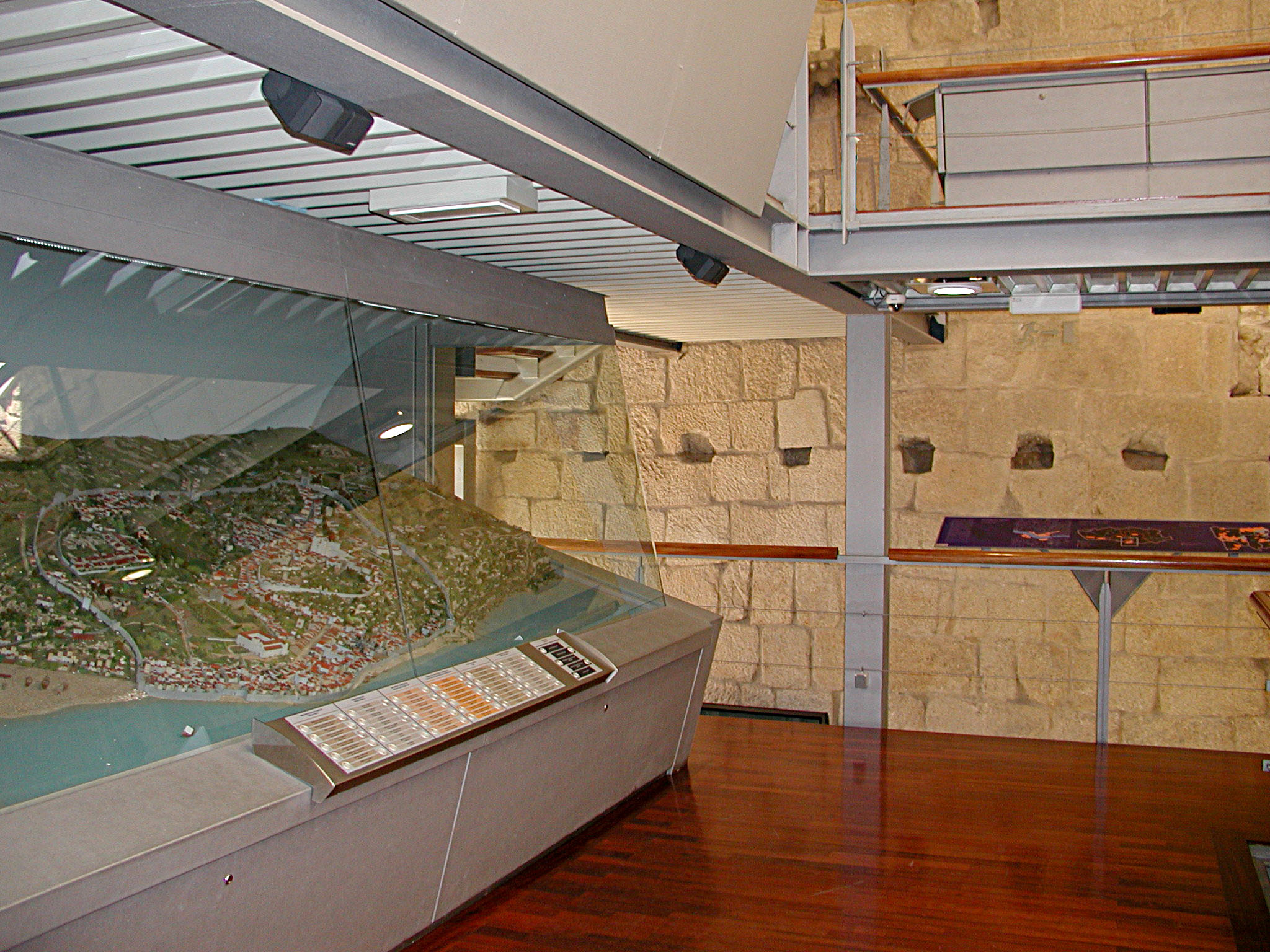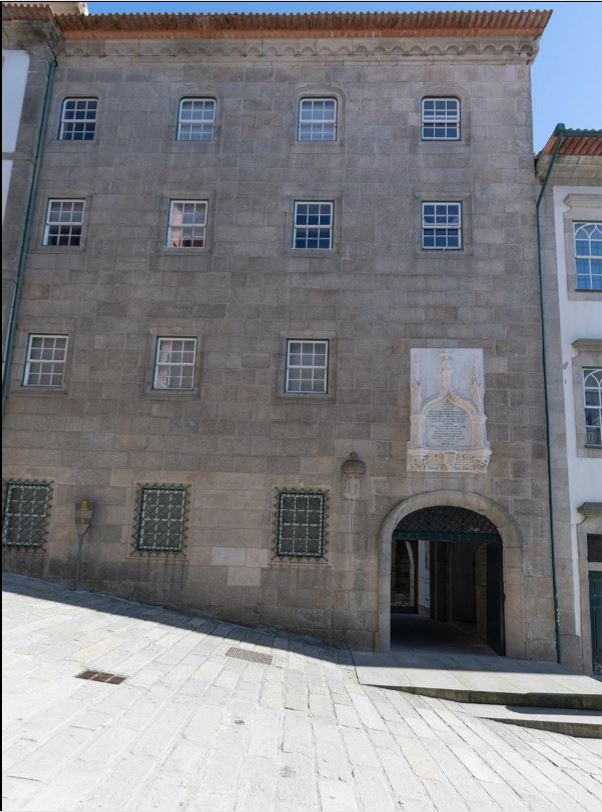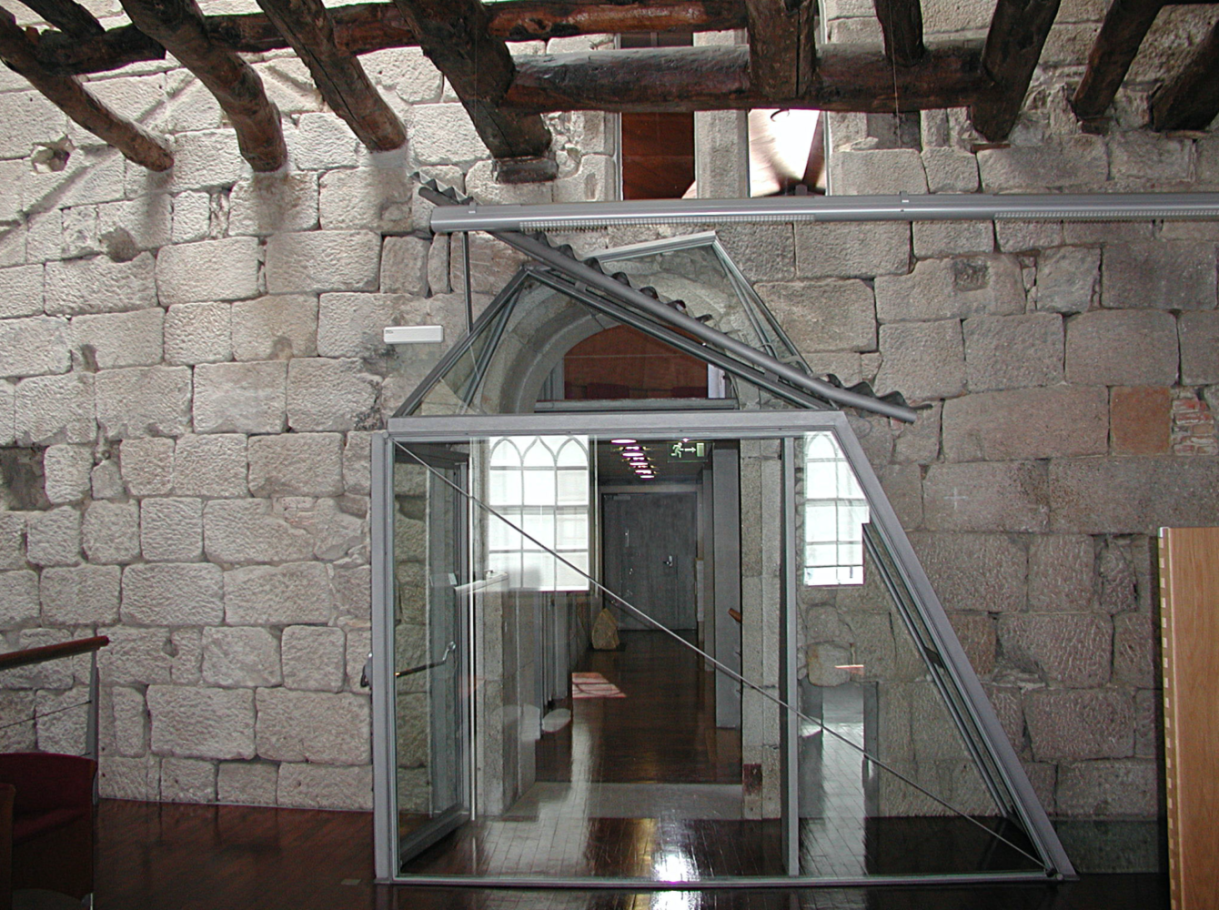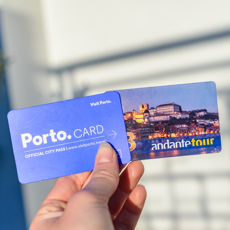Casa do Infante
Museums & Thematic Centres
Casa do Infante, gained its name for being the birthplace of Henry the Navigator, is a complex of buildings that have been built to house the services of the Crown in Porto.
Its history dates back to 1325, when King Afonso IV ordered the construction of the royal 'Almazem', against the will of the Bishop, then lord of Burgo. The building underwent a process of rehabilitation and musealization and today it offers a wide range of services: Museum; Historical Municipal Archive; Porto’s Affairs Library; Memory Room; Exhibition Hall and Auditorium.
The museum includes a “Prince Henry the Navigator and the New Worlds” section where visitors can learn about the Prince by examining his iconography diachronically up until the present day and by revisiting the chief milestones in the Portuguese maritime discoveries, with a special focus on the role of the city and people of Porto. They can also learn about the Roman occupation from the 4th-5th century remains; the Alfândega Régia, or royal customs house, built by King Afonso IV in 1325; and the Casa da Moeda, or mint, which began operating in 1369.
Its history dates back to 1325, when King Afonso IV ordered the construction of the royal 'Almazem', against the will of the Bishop, then lord of Burgo. The building underwent a process of rehabilitation and musealization and today it offers a wide range of services: Museum; Historical Municipal Archive; Porto’s Affairs Library; Memory Room; Exhibition Hall and Auditorium.
The museum includes a “Prince Henry the Navigator and the New Worlds” section where visitors can learn about the Prince by examining his iconography diachronically up until the present day and by revisiting the chief milestones in the Portuguese maritime discoveries, with a special focus on the role of the city and people of Porto. They can also learn about the Roman occupation from the 4th-5th century remains; the Alfândega Régia, or royal customs house, built by King Afonso IV in 1325; and the Casa da Moeda, or mint, which began operating in 1369.


